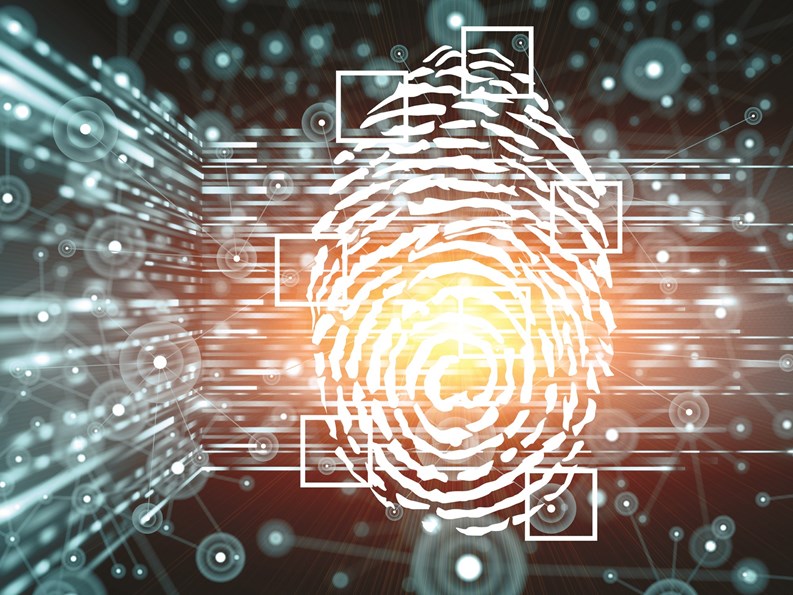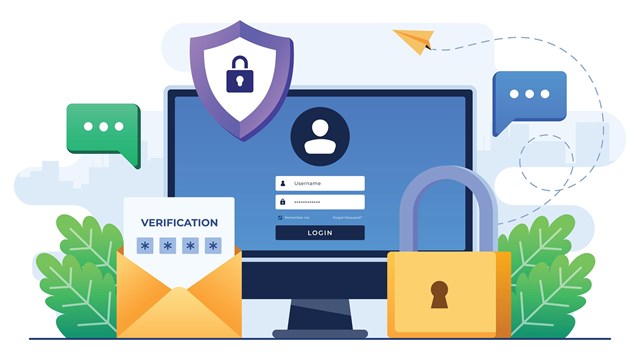It’s official. According to an analysis of FBI data by the Associated Press, New York is the safest big city in the United States, with roughly one crime reported for every 37 residents per year.
Not that this is surprising news. The crime rate has been on the decline for more than a decade; it was at least ten years ago that a cab driver dropping this reporter off at the Port Authority, when told I was heading to Washington, D.C. remarked, “You’re crazy—that place is dangerous!” The days of crime-ridden streets and sprayed-paint-covered subway cars seem like the distant past.
That said, New York City is still a massive urban center, with millions of people crammed into a not-very-big space. While it’s well and good to have our big city touted as the safest in the land, one reported crime per 37 residents means that, if your building has 37 units, statistically, at least one of those residents has been the victim of a crime in the last year. Actually, it’s more than that, as 37 units would probably house more than 37 residents, and the “one-in-37” figure only takes reported crimes into account. Examined that way, the “safest” designation doesn’t seem quite so impressive.
Furthermore, the FBI survey doesn’t account for the threat of a terrorist attack. San Jose, California, which also placed on the “safe” list, is not exactly wall-to-wall with potential targets. As if to reinforce the point, not three weeks after the AP released its “Safe Cities” list, a small airplane crashed into an apartment building on Manhattan’s Upper East Side. Thankfully, this was not a terrorist attack, but it didn’t make anyone feel more secure.
From more serious, possibly dangerous situations like break-ins, robberies or worse, to less alarming but no less felonious incidents involving vandalism, safety and crime prevention are major concerns for any building, regardless of borough or neighborhood.
The Big Picture
So how safe is New York, really? And, since safety is also a state of mind, do New Yorkers feel more safe now than they have in years past?
“I think it’s about the same,” says Alon Ram, president of Security Camera NY, in Forest Hills. “I don’t see a big difference.”
“I think people are less concerned now,” says Peter Grech of the New York Superintendents Technical Association (STA). “But they’re usually less conscious in the street—they’re maybe more so at home. Residents spend a lot of money on heavy-duty locks. Sometimes you see two or even three locks on a door. If they weren’t concerned, they wouldn’t spend the money.”
Mark Lerner, president of Manhattan-based EPIC Security Corp. and a doctor of criminology, is more pessimistic.
“While crime has been on the decline for the last ten years,” he says, “the statistics indicate that the drop in crime has in fact stopped, and will increase slightly. People have begun to notice that there are more home invasions, a higher murder rate, more sensational crimes, more illegal guns—there’s more apprehension about crime.”
On the street, of course, anything can happen—especially in New York. There are a few things buildings can do, however, to protect their residents and their property.
Security Guards
The best way to deter criminals, Lerner says, is to hire a uniformed security guard. “It’s a known fact that criminals stake out places they intend to commit a crime in,” Lerner says. “They look for properties that don’t have security guards.”
There are numerous security companies in the city, of which EPIC is one. Security guards must pass fingerprinting and criminal record checks, pre-employment drug tests, references checks, and interviews. They also must complete training at a licensed academy. The training is even more rigorous for armed guards.
“The bad guys see armed guards,” Lerner says, “and they’re unlikely to target the premises.”
Security guards, of course, do not come cheap. And since their presence usually deters crime before in happens, there is often not a quantifiable result to cite.
“Some people say, ‘Well, nothing’s happened for three years,’ and they wonder what they’re paying for—maybe they drop the service,” Lerner says. “After something happens, then their guard goes back up. But by then, it’s too late.” There’s even an old adage along those lines about locking the barn door after the horse is stolen.
But what if your building can’t afford a full-time security guard—or if you don’t think you really need one? There are other, less expensive options.
Lights, Cameras, Security!
You know how stores leave those fluorescent lights on all night long, even if the doors are locked? There’s a simple reason. By removing deep shadows in which miscreants might try to conceal themselves, lights keep away the bad guys. They also help supers and guards make their rounds safely after dark.
Along with lights, another option is for buildings to install closed-circuit (CCTV) cameras to record everything that takes place in areas susceptible to crime, like lobbies, vestibules, yards, roofs, basements, and so forth.
According to John Neos, president of Atlantis Security on Long Island, “The biggest change in the industry is camera surveillance [and] intercom systems. Most people like the convenience of being able to view the camera system remotely.”
Ram notes that the cost of a four-camera setup now starts at around $2,600, including installation—which is about half of what it cost just a few years ago.
According to Neos, nine out of 10 new residential buildings being developed are investing in high-quality digital security systems. “The days of the old black-and-white analog systems are probably behind us,” he says, “but any type of surveillance system is better than no security system at all.”
Another option is controlled access doors, which keep a detailed record of who entered and when. While these are not foolproof, they can be very effective. “With a keycard access system, you have true control,” says Neos. “People can go to a locksmith and get a key copied, but a card cannot be duplicated. This gives you true control over who has access to your building.”
In fact, Neos continues, keycard systems have been especially helpful in controlling illegal sublets. If a sublettor or illegal resident has a regular key, and the building switches to keycards, it’s easy to tell who the illegal tenant is. (Hint: they’re the ones who are constantly calling the super to let them into the building.)
Be Vigilant!
Aside from the technology available to keep buildings safe, there is the human element to consider as well. If there is a sign on your front door that says NO MENUS PLEASE, and yet there always seem to be menus from a half-dozen different take-out restaurants under your door, you might have a security problem.
“People in buildings need to be conscious of who they buzz in,” Grech says. “Now they have intercoms with cameras on them, so you can see who’s at the door.”
Still, all it takes is one person in the building, and the best security system on Earth means nothing. Even doorman buildings are not to be confused with Fort Knox.
“Very few buildings are so secure that you can’t get by a doorman,” Grech says. “It happens all the time.”
What if you order pizza, and you see the pizza delivery guy at the door, and you buzz him in, and he delivers your pizza, like he’s supposed to? He’s still in the building. And you don’t know who he is. It’s not like you need a security clearance to deliver wonton soup.
“Who does the background checks?” Grech asks—quite rhetorically. In this vein, he suggests that background checks always be performed on contractors working on your building, as well as for superintendents.
There may never be a way to totally control resident apathy to the security problem. But reminding shareholders and unit owners of potential dangers at meetings is one way to call attention to the problem.
“Call the local precinct and ask for a community officer to come to a meeting with residents at your building,” Grech suggests. “It’s a free service, and I know they enjoy doing that.”
A last suggestion Grech has is to have a security company do an estimate for work on your property—and to do what you can yourself. “You can use them as a consultant,” he says. “Sometimes a third party can see things much better than you can.”
By following the advice of security industry professionals, you can make your building safer for your tenants and your property—although you may never eliminate those take-out menus. Neos echoes the sentiments of many in his industry; “Security is one of the best investments you can make. You can’t put a price on safety.”
Greg Olear is a freelance writer and a frequent contributor to The Cooperator.







Leave a Comment